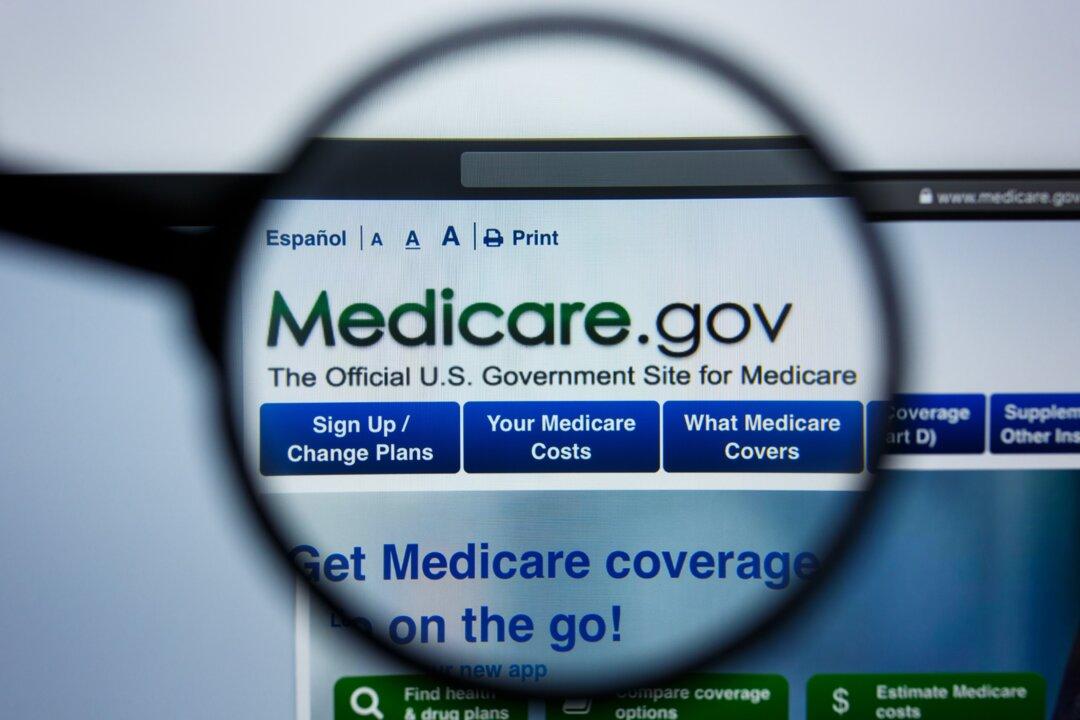Commentary
Enacted together in 1965, Medicare is the U.S. federal government-managed health insurance program for citizens 65 and over, while Medicaid is the de facto welfare program for low-income adults, children, pregnant women, and people with disabilities.

